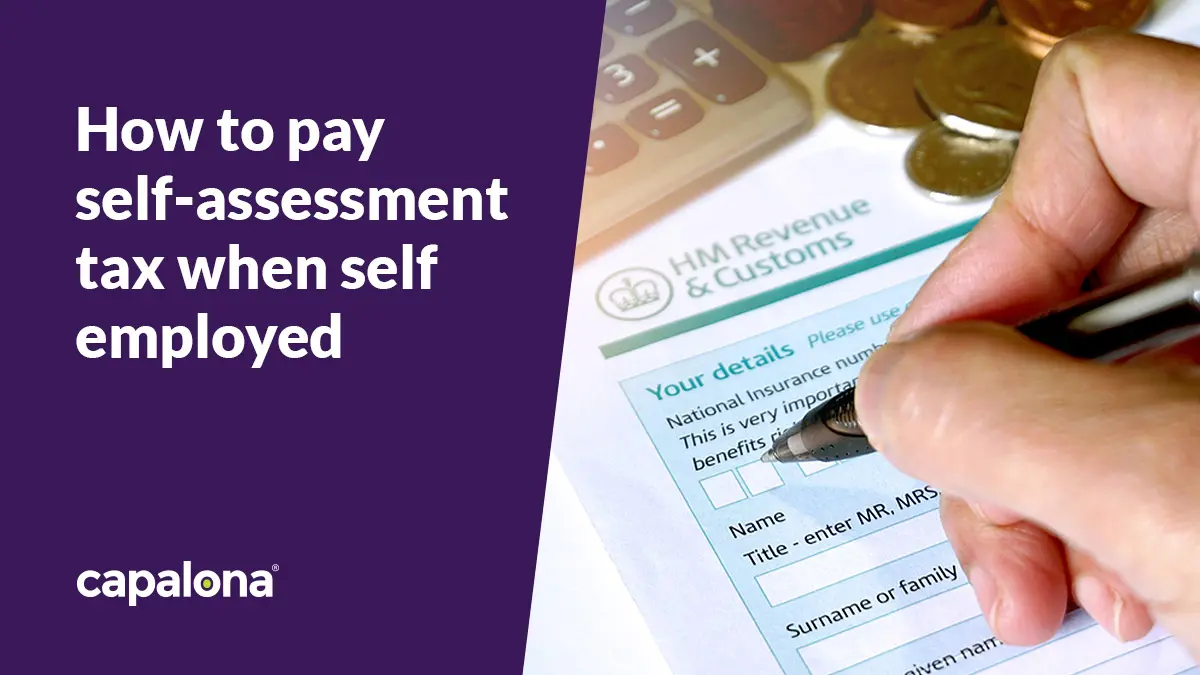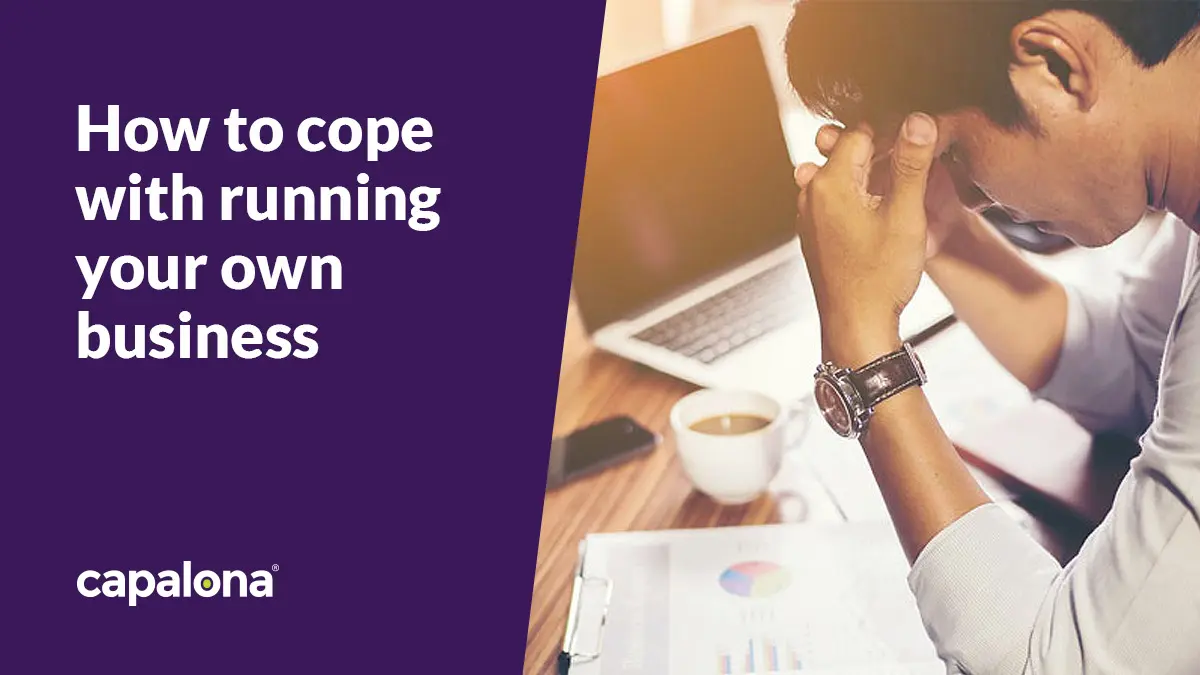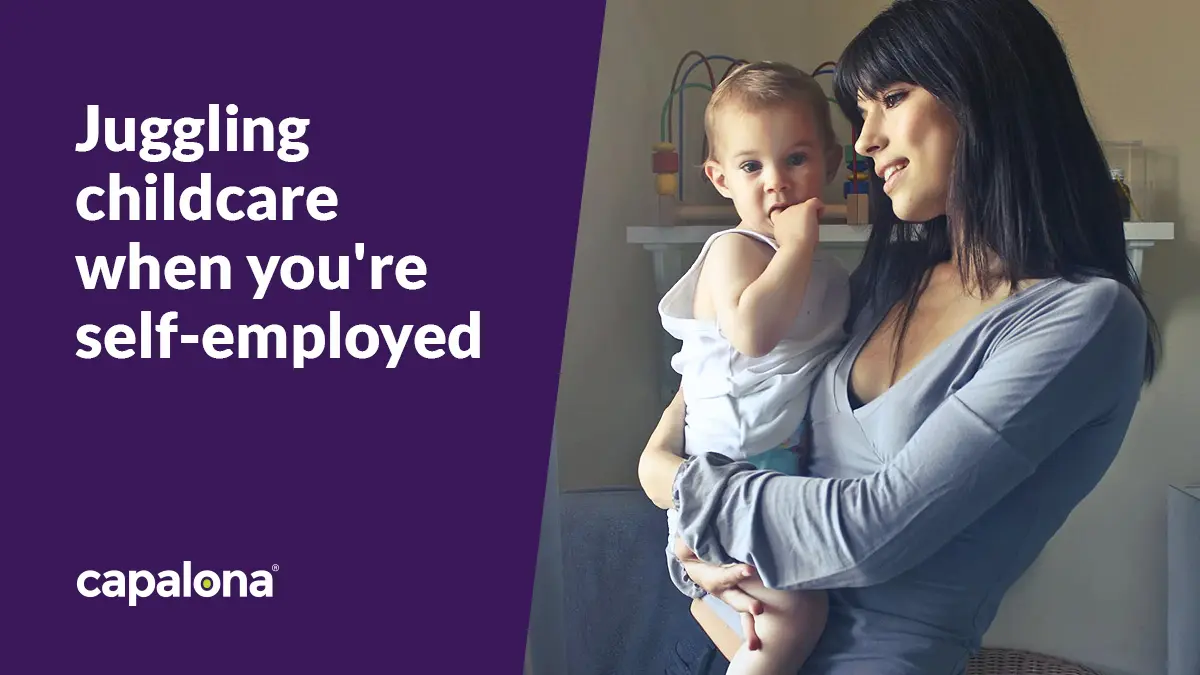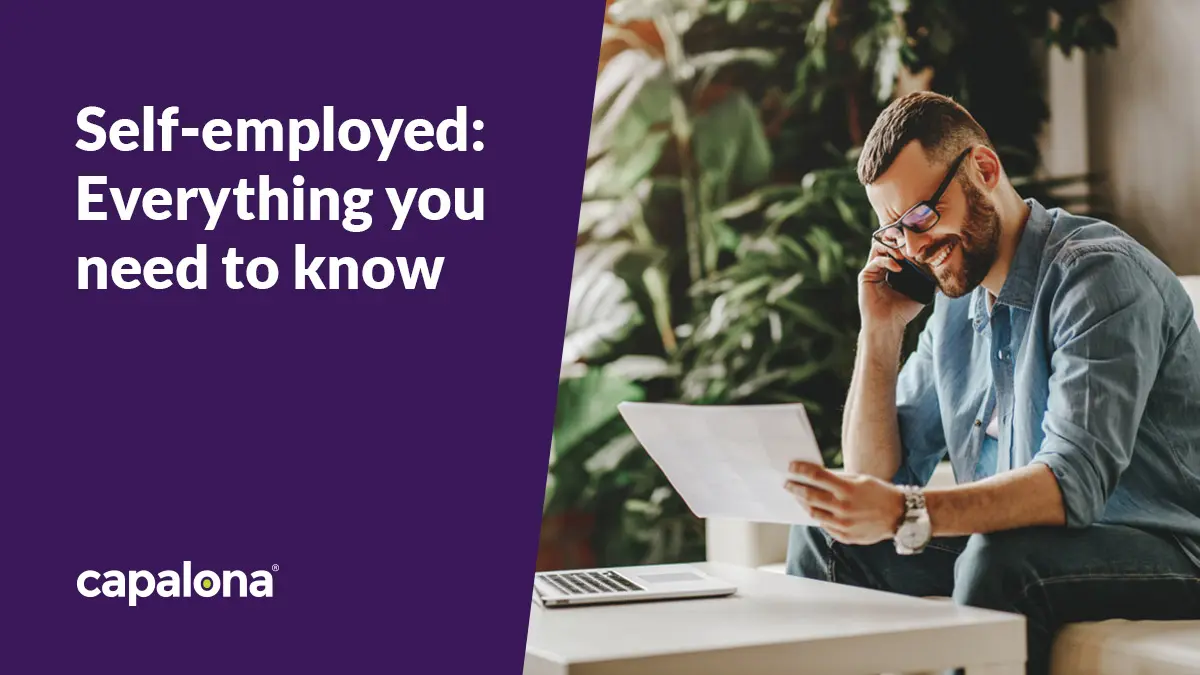When you decide to pursue self-employment, you must submit an annual self-assessment tax return to HMRC. This tax return will detail how much income you’ve earned and calculate how much income tax and National Insurance contributions you owe for the tax year.
This blog explores how to register for self-assessment tax, what information you need to record over the year and how to pay your self-assessment tax calculation.
How to register for Self-Assessment as self-employed
You have until 5th October after the end of the tax year to inform HMRC you need to complete a tax return if you’ve not completed one before. You can register for self-assessment online through the HMRC website.
In the process of registering for self-assessment online, you’ll be given a Government Gateway ID. This is an ID you need to keep safe as you’re only given one; this acts as your login to access your online tax account. Once you’ve registered, you’ll receive a Unique Taxpayer Reference (UTR), which you will need when completing your tax return.
Information needed to complete your tax return
To make your self-employed tax return form as quick and simple as possible, it’s best to collect all the information you’ll need so you can have it to hand.
Information you need to complete your tax return includes:
- Your income records
- Any allowable expenses
- Gift aid donations made in the tax year
- Dividends, investments, or interest on shares
- Personal pension contributions
- Your P60 to detail any already-taxed income for the tax year, i.e. if you were in employment for part of the tax year
- Your Unique Taxpayer Reference (UTR) number
- Government Gateway login
- National Insurance number
Before completing the form, ensure you’re filling in the correct one. Most self-employed people complete the SA100, which is a tax form for the average person. But it’s best to check with your accountant or HMRC before starting the form.
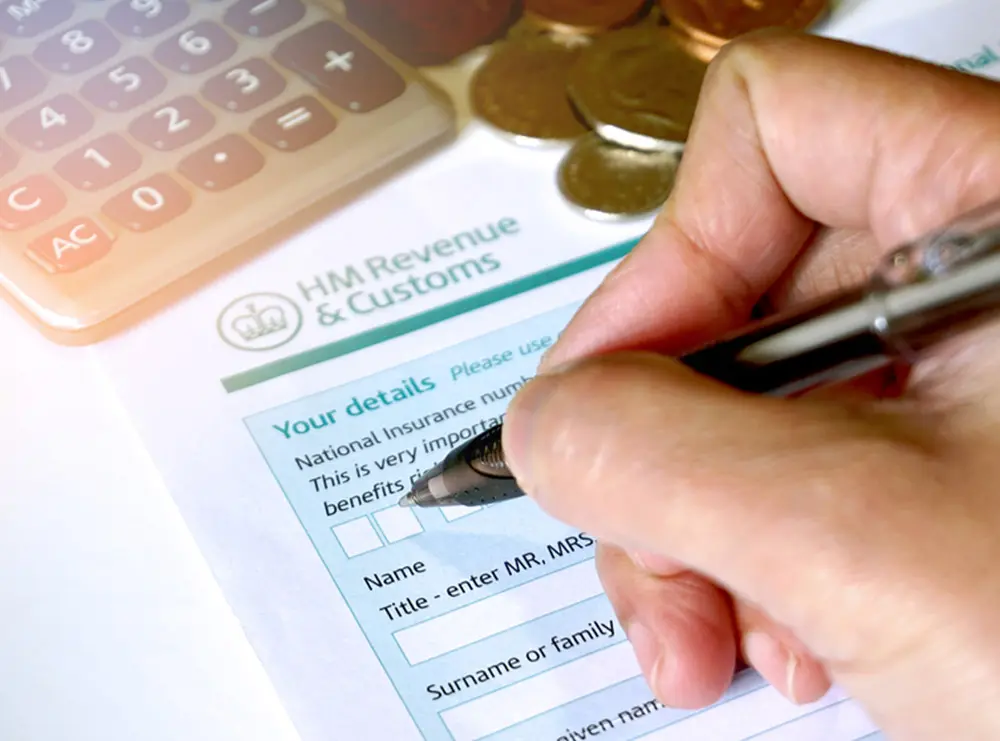
How to fill in Self Assessment form for Self Employed
When filling out your tax return, it’s important to work through each section slowly, reading everything thoroughly. If this is your first time completing your self-assessment tax return, don’t worry; the HMRC system will guide you through each section.
All taxable income must be declared on your tax return. You must also include all other income from investments, dividends, rental income, pensions, etc. Each income type has its own box for you to fill in.
What expenses can I claim on my self-assessment? You can reduce how much tax you pay by claiming for allowable expenses. Allowable expenses can include:
- Travel costs: mileage, fuel, parking
- Business premises costs: heating and lighting
- Website costs and other marketing expenses
- Business training costs
- Working from home expenses
Always check all your figures. Before you submit your self-assessment, you’ll want to double-check the figures you’ve included. If you make mistakes, you can receive fines or penalties from HMRC. If you overpay the tax due, you’ll receive a refund from HMRC.
Pay your tax on time. The self-employed tax deadline is the 31st of January after the end of the tax year to pay your tax calculation. You can pay via HMRC’s online portal or through the HMRC app. Payment options include Bacs, Faster Payments or CHAPS. If you don’t pay your tax on time, HMRC will issue a fine.
How much tax you pay depends on the amount of income you make for the tax year. If you make between £12,571 and £50,270, you can expect to pay the basic rate of 20%. But for any profits between £50,271 and £125,140, you’ll pay the higher rate of 40%. And an additional rate of 45% applies to profits exceeding £125,140.
Also, be aware that there’s a second tax payment due on 31st July. This is called ‘payments on account’ and is a contribution toward your next tax bill. This is calculated based on whether you think you’ll earn more, less or about the same amount as the previous tax year.
Before you go
Paying tax doesn’t have to be a complex process; keeping accurate income records makes filling out your tax return a much easier process. If you’re new to self-employment, it’s always a good idea to save 20% of your income so you can comfortably afford your tax bill come January. Self-employed business finance could be a beneficial option if you’re struggling to afford your self-assessment tax.
Trying to get your business off the ground? Compare self-employed business loans with Capalona.

